Want to learn the 7 stages of new product development process? You’re on the right page! Every new product development journey starts with an idea. It could be a new feature to be added to the existing product or a completely new product. There are seven stages companies go through when trying to develop a new product. And hence, the New Product Development Process (NDP) is the cornerstone of any business. NPD helps you build products that are in demand by your target audience.
Unsuccessful entrepreneurs can not build big companies. You do not want to be one of them. If you’re an entrepreneur and you want to start a new company, keep reading. I know there may be a lot of things on your mind. If you ask about ‘how actually to make a product?,’ countless pieces of advice will stream toward you like ripples in a pond. But if you ask about the detailed process, it would be pretty tricky to handle.
So what does it involve?
How should we make a product?
Let me break it down for you.
New product development isn’t a new concept. So relax, don’t be anxious by many jargon and terms.
Startups develop products in several different phases. At various times, they approach VCs, big corporations, journalists, customers, and other startups. The result is an ever-evolving product that helps customers solve their problems and grow their businesses, usually with an eye toward an eventual IPO.
Before you start building, consider the following 7 stages of new product development process.
The 7 stages of new product development process
| Stage | Activity | Description |
| 1 | Idea Generation | Idea Generation is the first step. During this phase, you develop business needs and identify potential opportunities for your business. |
| 2 | Idea Screening | The idea screening phase of product innovation is the stage when an idea and its market potential is analyzed. Let’s start with a definition: “Idea screening is a process used to evaluate whether an individual business idea has the potential for success”. It’s just screening, it’s not the final decision yet. |
| 3 | Concept Development | Concept development is a product advancement process that involves conceptualizing, defining, and exploring the various aspects of a product. It focuses on refining customer needs, adding value for customers, and identifying areas where further research would be necessary. |
| 4 | Market Strategy | The market strategy phase, or where to play, how to win, is an important one in developing a new product. In product development it occurs after the idea generation and concept development phases, but before the product commercialization phase. This is an innovative model that researches technology identification technology market segmentation channel strategy. |
| 5 | Product Development | Product development phase is a process where a product goes through different phases of increasing maturity – from an idea to a fully developed product – typically targeting one market at a time. |
| 6 | Market Testing | The Market Testing is all about finding the people who are interested in your product or service, whether this is in beta or launched. Or if it’s an idea you are trying to validate. In this crucial phase of product advancement, you need to validate key ideas like whether consumers prefer your solution over existing ones. It may also answer how the pricing strategy works etc. |
| 7 | Market Entry | Market entry is the stage at which a company decides to enter a market in pursuit of opportunities. The main aim of the stage is to determine if the product will have sufficient demand to be commercially viable and if it is capable of being profitably produced. |
Let’s understand all of it in detail.
Stage 1: Idea Generation
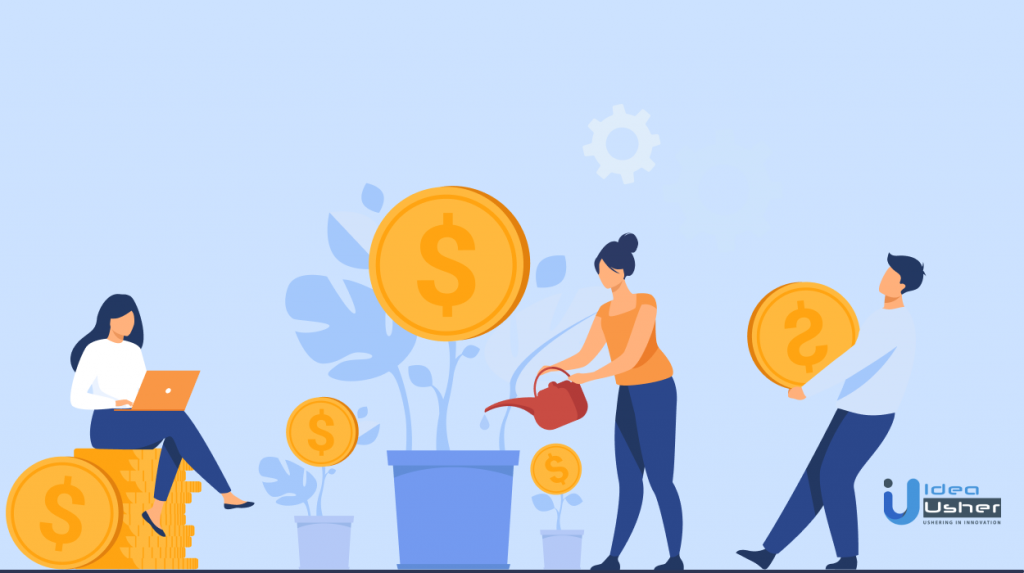
The idea generation cycle helps you get from an idea phase to a viable product phase. Idea generation is one of the most important phases of a startup. At Idea Generation, we cycle ideas through different functional teams and departments until they reach the right audience. This cycle helps us not only discover new things, but also bring focus to extremely important topics because we know our audience cares about these topics.
- Idea generation occurs when a company or startup gets its first iteration of a product or service done. This is usually referred to as the “groundbreaking” phase. Business analysts, designers, and marketers spend countless hours researching and gathering feedback from users, peers, and other business executives/employees in the ideation phase. This phase can take several months. At this point, the company has decided whether it will pursue the idea or not.
- Idea generation is the first rough draft of a new product. Sometimes this starts small, with just a few screenshots needed to validate the idea. It also involves in-depth data analysis of user behavior, market research to understand what’s out there, and even design work. Idea generation aims to validate an idea, find holes in it, and find ways to fix them before coding begins. Most ideas fail during development because they aren’t good enough or interesting enough, but there’s a good chance that at least one idea will become something great.
- Your idea pipeline fills up with potential customers once it lifts off. You need to identify which of those potential customers are worth pursuing and helpful in building your product. The best way to do that is by running experiments.
Stage 2: Idea Screening
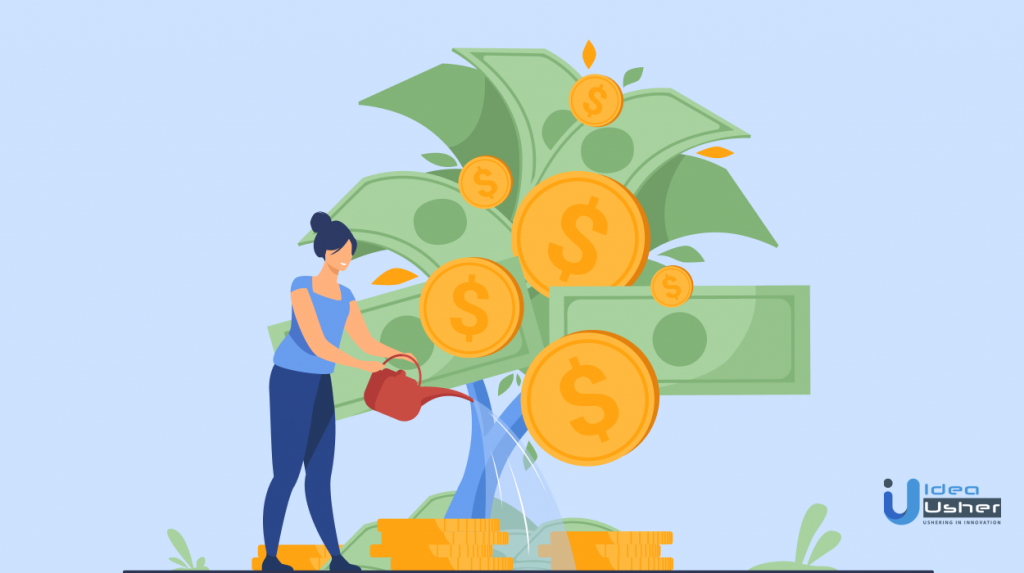
Idea screening is a critical part of most new product advancement processes. It helps you figure out if your idea is something you could build and sell. When choosing an idea for a product, there are many factors to consider, including business needs, market feasibility, programmer competence, and level of risk-taking. Many product managers prefer to narrow down their choices after seeing several ideas from potential developers.
It helps identify:
- key areas of improvement,
- helps define user needs, and
- helps identify the best technical solutions.
And it includes:
- reading user forums,
- interviews with users,
- analysis of market trends and data, and
- analysis of competitor products.
If the product is a service, this step requires evaluation by someone who has experience with the type of service being developed.
At first, this can be difficult because you’re often just diving headfirst into something. Start by breaking things down into smaller, manageable chunks. And then ask yourself, “what is the purpose and impact of this?“. After this, you’ll be able to discover more viable options. One of the biggest challenges early in a startup is putting together a complete product idea. If you don’t have a clear direction or goal, it can be difficult to know where to develop new features.
- Why is it important to execute this idea?
- How is this idea better than the rest?
- How is this idea different from what’s existing in the market?
- If I choose this idea, will I see success?
- Why do other selected ideas compare less to the final idea?
Stage 3: Concept Development & Testing
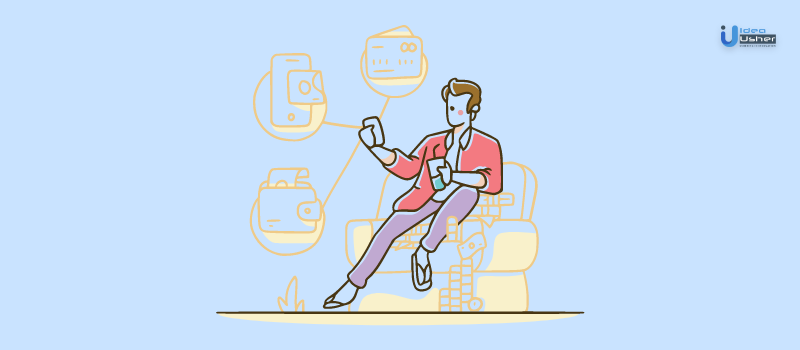
Once you have your idea, it’s time to start considering possible product concepts. Thorough research is required to evaluate customer needs. Product innovation may find benefits in trial runs, customer surveys, focus groups, interviews, observation, and other techniques for understanding customers’ needs and expectations.
There are many aspects you could modify during the development process. However, your objective should be to create something good enough for you to test the idea’s viability and assess whether it generates enough interest from your audience.
And then, you need to clarify your idea and choose the right setting for your product:
- Which market do I need to follow?
- Which technology should I use for development?
- What competitors do we have or will we have?
- What assumptions and limitations do we work with?
- Which basic functionalities will my product have?
Do you want to get a free analysis of the technical feasibility of your product idea? Contact us for a free expert review!

Stage 4: Market Strategy/Business Analysis
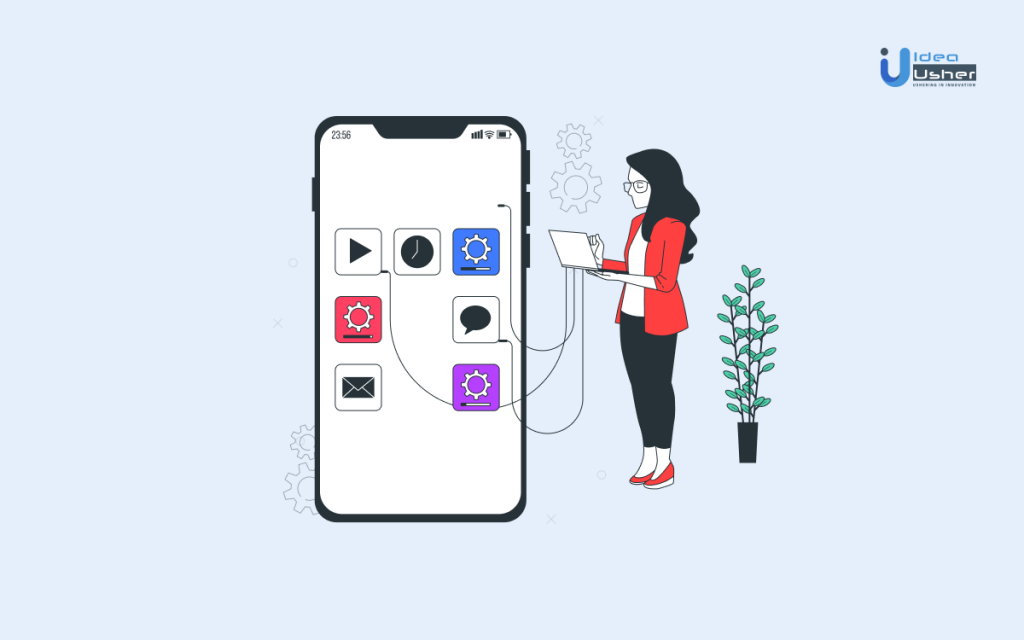
Business growth is an objective that most companies have as a goal. Most generally, it’s growth within the current business model and industry they’re in right now. But sometimes, this can mean to grow outside of their industry or to branch out into a new market.
Marking strategy is more than just identifying the market size. It also speaks about your competitors, which you should identify first. The main objective of marketing strategy is to decide on a particular market to profit from it. On the other hand, a product launch requires a good market strategy and business analysis.
Business analysis is nothing but the process of gathering and gaining knowledge about your target market and your competitors. After that, you will be able to position your product or service as per the demands of the consumers in that particular market segment.
The most important thing for a successful launch is how well you analyze your business model and adapt it to consumer needs.
- Where is your product in the innovation process?
- Are you just starting, or are you about to launch it into the market?
Stage 5: Product Development
This process is critical for any venture that aims to grow big in scale. Every company starts with an idea, and for the idea to reach its growth potential, it must be developed well. The process of improving an idea or converting an idea into a product is known as product development.
Essentially, the term product development refers to all processes involved in designing, marketing, and selling a new enterprise resource system or new original goods and services. This stage is the crux of the 7 stages of new product advancement process. Here you actually build the end product/service.
But not all products succeed. There are times when the product does make it to market. But it never succeeds in meeting its intended purpose. Even worse, it might not achieve its intended goal. But there’s only one way to find out, i.e., in-market testing!
Also read: How to choose a Mobile App Development company for Product Development?
Stage 6: Market Testing
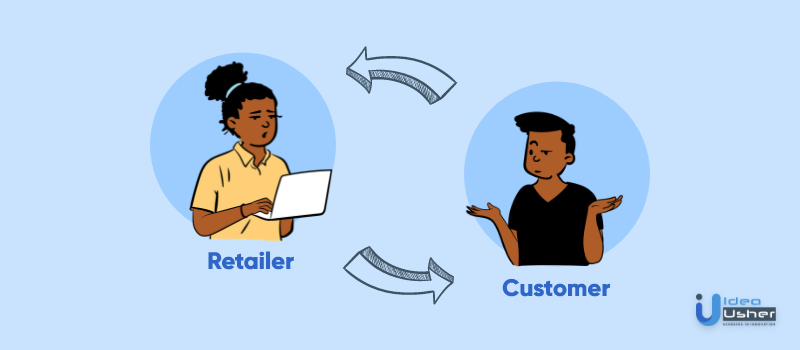
Keep your ears open for what customers have to say about your product. Listen to suggestions and implement them into the next stage of development. Make sure that customers are happy with it and that they keep talking about it.
Most of us know these things.
Still, how much thought do you give to each step?
Do you just jump right into the design stage without giving much thought to market research? If so, you’re in for big trouble in the long run. Market testing is the most important part of this entire process, in my opinion.
Market testing is when you ask your target consumer what they like about your concept and what they would like to see changed or added to it.
Conducting a test of your product at early stages can assure you of its success, before investing too much in it. If the positive response is validated, it’s good! It means there is enough demand then this leads to undertaking production processes of the product.
Here’s how to perform market testing:
- Decide on a target market
- Survey the target market
- Ensure your product appeals to your audience
Questions to ask before beginning product testing:
- What is the product for?
- Where will you be able to try it out?
- How will you advertise?
- When should the test end?
What you need to do for product testing:
- Product demo videos
- Many product demonstration posts
- Product hands-on reviews
Stage 7: Market Entry/Commercialization
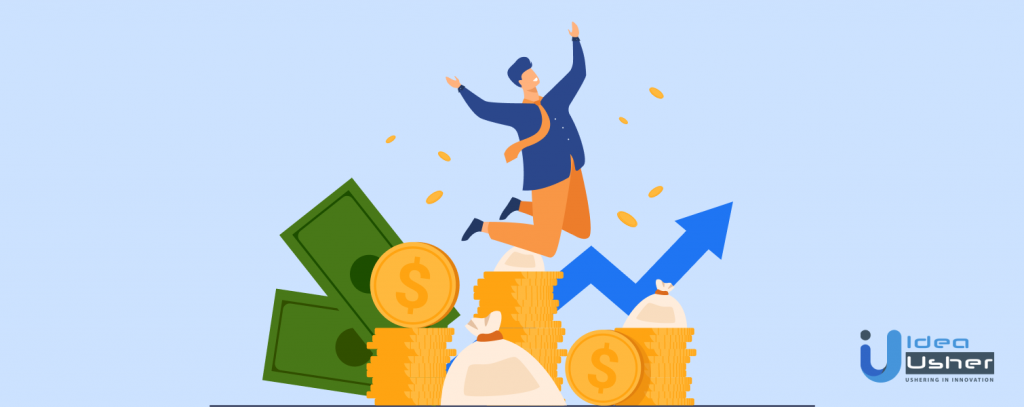
So you’ve made some patents, set up your first lab, and now you’re ready to go commercial.
The way to position a product/service for successful commercialization is tricky and hence a hot topic.
- What should be done to launch a successful product commercially?
- When is the optimal point in time to do that?
These are all questions that can be answered by reviewing ten major brands’ case studies of market entry. Alternatively, you can take a leap of faith and experiment on your own!
Successful market entry requires attention to the broadest possible range of issues facing potential competitors. It requires an understanding of both the macro trends in the marketplace and the details of local opportunities.
Also Read: Marketing Strategies for Small Business to try in 2021
Questions you must answer before market entry:
- Are you a private or a public company?
- What value do you bring to the market?
How to do market entry/commercialization? Step by step:
- Find your entry point
- Get the product to market, start sales
- Scale-up production
- Build team for scaling up
- Begin brand awareness campaigns
- Go for online marketing strategies
- Add ancillary products/services to the main product
- Create alliances with others in your sector (form partnerships)
- Market in diverse geographies (diversify)
- Keep R&D on the go
Additional steps to undertake if you truly have time:
- Understand the barriers to entry
- Start with local first
- Seek expert advice
- Find your first client first
- Be patient and tenacious
Summarizing 7 stages of new product development process
Unsuccessful entrepreneurs can not build big companies. Just look at Microsoft or Dell. All successful entrepreneurs have the same 7 stages of new product development process that they go through when making important decisions.
Thanks to the development in technology, any organization can quickly start their business with a limited budget. But, things are not so easy when it comes to launching a new product. A new product may need all the financial support from the owner himself or require funding from an investor or both.
If you are using the limited resources, then you have to be very cautious in launching a new product. And before launching a new product, it is always advisable to put maximum efforts into developing that product into a marketable form. These 7 stages of new product development process can help you in making your product marketable. Once you’re in the game, you’re going to invite cash flow for good! Good luck!
Frequently asked questions (FAQs)
Q. How do I carry out a successful project?
You must start a project by gathering relevant information. You will then be able to ensure that the project runs smoothly. Start by getting a copy of the business plan and a list of objectives for the project. This should give you a clear idea of what you need to achieve during the project. Next, set out an action plan.
You can achieve this by breaking down each objective into achievable chunks and setting out a timeline for these mini-objectives. This way, you get step-by-step instructions on how to get from A to B!
Q. How much does product development cost?
This is a common question from companies wanting to know their budget. How much it will cost, and what goes into making a product. Depending on how large your company is, you can plan on spending $5000 to $2 million or more on product inovation.
Q. How much time will it take to develop a new product?
The more you work on developing a new product, the more time it takes. It’s like Einstein’s theory of relativity, where everything is relatively dependent on your perspective. As you go further along the road, the amount of time it takes to develop a new product gets bigger and bigger unless you work with experts who have done this before.
Q. How do I come up with an excellent idea for a new product?
It starts with understanding the critical components that define an excellent product. It’s an age-old question that I’ve heard hundreds of times. People want to know how to develop great product ideas, but it’s not always easy. The most straightforward answer is that you find a problem you are passionate about solving.
Q. How much does marketing cost?
If you have a business, your life revolves around marketing. You need to market so people will come to you rather than your competitors. The price depends on many factors, so there is no one correct answer. But let’s see if we can get closer to figuring out a number. Let’s start with the cost of attracting the customer to your website. Then you want to decide on your advertising budget. Finally, you want to understand what works in increasing your product reach. And then you invest more in that area.
Q. What is the biggest mistake people make when launching a new product? How can I avoid it?
NOT TRYING! Yes. No complex analogies here. Entrepreneurship is about taking a risk at times. No risks=no rewards. Only by starting this journey will you identify what works for you and what doesn’t.






















